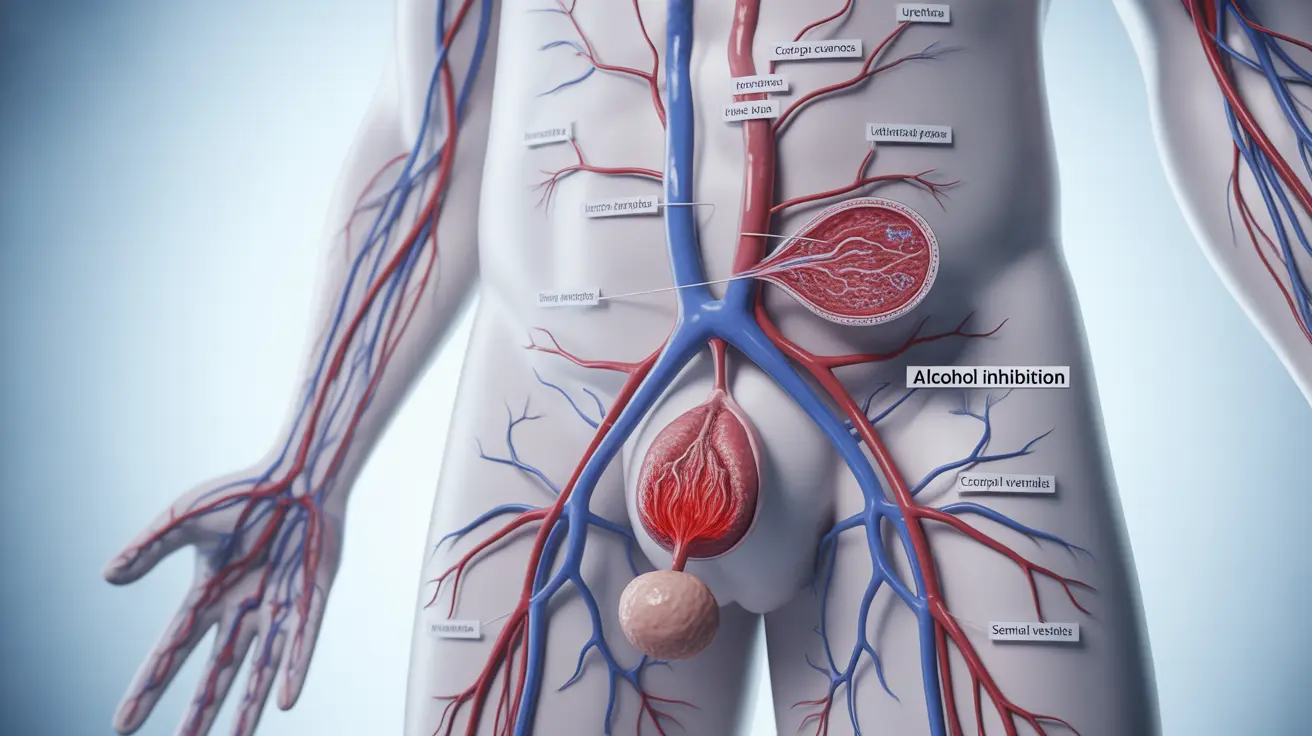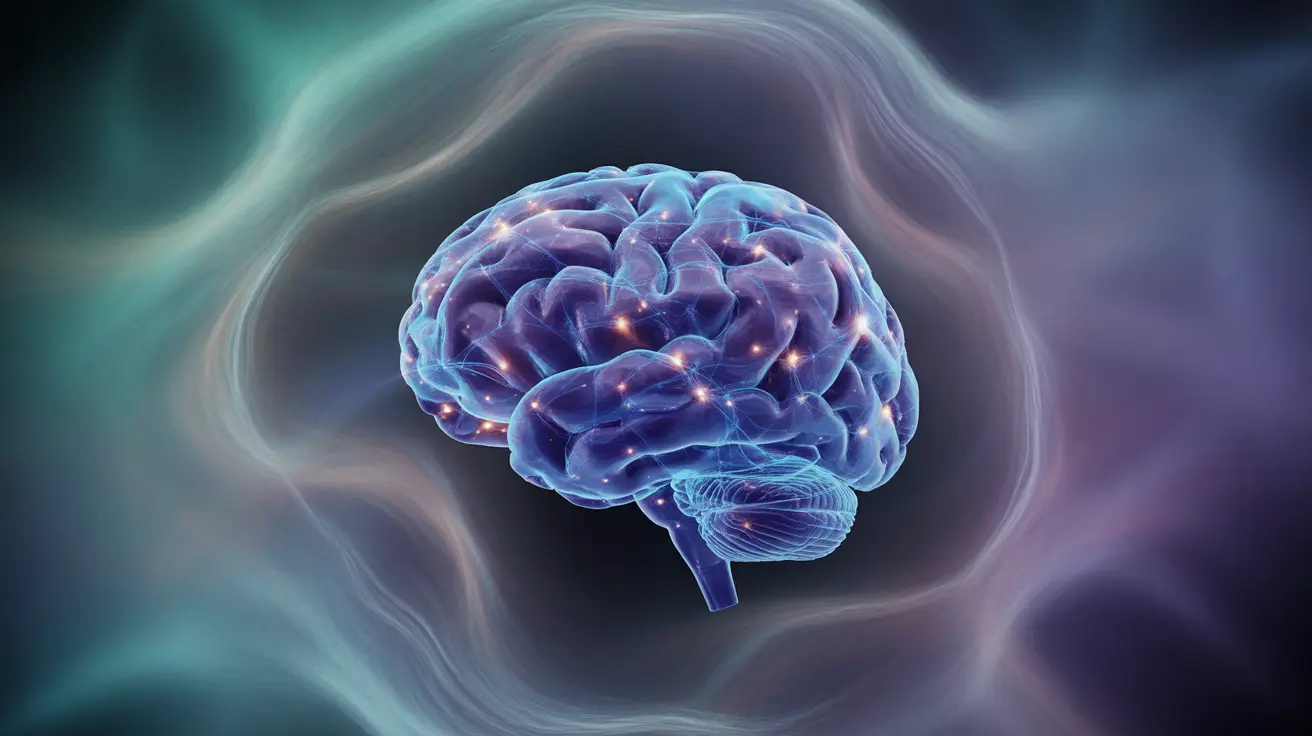Living with diabetes can present numerous health challenges, and one often overlooked complication is urinary incontinence. The relationship between diabetes and incontinence is complex, affecting many individuals' quality of life. This article explores the connection between these two conditions, discussing symptoms, causes, and effective management strategies to help those affected regain control and confidence.
Diabetes, a chronic condition affecting blood sugar levels, can impact various body systems, including the urinary tract. Understanding how diabetes contributes to incontinence is crucial for proper diagnosis, treatment, and prevention of related complications. Let's delve into the key aspects of this important health issue.
Common Symptoms of Incontinence in People with Diabetes
Recognizing the signs of incontinence is the first step toward seeking appropriate care. For individuals with diabetes, certain symptoms may be more prevalent or severe due to the underlying condition. Common symptoms include:
- Frequent urination, especially at night (nocturia)
- Sudden, strong urges to urinate (urge incontinence)
- Difficulty starting or stopping urine flow
- Leaking urine during physical activities (stress incontinence)
- Incomplete bladder emptying
- Dribbling after urination
These symptoms can vary in intensity and may worsen over time if left unaddressed. It's important to consult a healthcare provider if you experience any of these signs, as early intervention can lead to better outcomes.
The Link Between Diabetes and Bladder Control Issues
Diabetes can affect bladder function through several mechanisms, primarily related to nerve damage (neuropathy) and increased risk of urinary tract infections (UTIs). Understanding these connections is crucial for effective management.
Nerve Damage and Its Impact
Diabetes-related nerve damage, or diabetic neuropathy, can significantly impact bladder control. High blood sugar levels over time can damage nerves throughout the body, including those controlling the bladder and urinary function. This damage can lead to:
- Reduced sensation in the bladder, making it difficult to recognize when it's full
- Weakened bladder muscles, affecting the ability to empty completely
- Overactive bladder, causing frequent and urgent needs to urinate
These neurological changes can result in various types of incontinence, including overflow incontinence (where the bladder doesn't empty properly) and urge incontinence (sudden, intense urges to urinate).
Increased Risk of Urinary Tract Infections
People with diabetes are more susceptible to urinary tract infections due to elevated blood sugar levels, which can create an environment conducive to bacterial growth. Frequent UTIs can exacerbate incontinence symptoms and lead to further complications if not properly managed.
Lifestyle Changes to Manage Incontinence with Diabetes
While dealing with both diabetes and incontinence can be challenging, several lifestyle modifications can help manage symptoms and improve quality of life:
- Blood Sugar Control: Maintaining stable blood glucose levels is crucial for preventing further nerve damage and reducing incontinence symptoms.
- Pelvic Floor Exercises: Regularly performing Kegel exercises can strengthen the muscles that control urination.
- Bladder Training: Establishing a regular urination schedule can help improve bladder control over time.
- Dietary Modifications: Avoiding bladder irritants like caffeine, alcohol, and spicy foods can reduce incontinence episodes.
- Hydration Management: Balancing fluid intake throughout the day, rather than consuming large amounts at once, can help manage symptoms.
- Weight Management: Maintaining a healthy weight can reduce pressure on the bladder and improve overall diabetes management.
Implementing these changes, along with proper diabetes management, can significantly improve bladder control and overall well-being.
Medications and Incontinence Risk in Diabetes
Some medications used to treat diabetes can potentially impact urinary function. For instance, certain drugs may increase urine production or affect nerve signals to the bladder. It's important to discuss any concerns about medication side effects with your healthcare provider, as they can adjust treatment plans if necessary to minimize incontinence issues while effectively managing diabetes.
Preventing Recurrent UTIs in Diabetes
Given the increased risk of urinary tract infections in people with diabetes, prevention is key. Strategies to reduce UTI occurrence include:
- Maintaining good hygiene practices
- Staying well-hydrated (with guidance from your healthcare provider)
- Urinating before and after sexual activity
- Wearing breathable, cotton underwear
- Taking probiotics or cranberry supplements (after consulting with a healthcare provider)
By implementing these preventive measures and managing diabetes effectively, individuals can reduce their risk of recurrent UTIs and associated incontinence issues.
Frequently Asked Questions
- What are the most common symptoms of incontinence in people with diabetes?
The most common symptoms include frequent urination (especially at night), sudden urges to urinate, difficulty starting or stopping urine flow, leaking urine during physical activities, incomplete bladder emptying, and dribbling after urination.
- How does diabetes-related nerve damage contribute to bladder control issues?
Diabetes-related nerve damage can affect bladder function by reducing sensation, weakening bladder muscles, and causing overactive bladder. This can lead to difficulties recognizing a full bladder, problems with complete emptying, and sudden, intense urges to urinate.
- What are the best lifestyle changes to manage incontinence if I have diabetes?
Key lifestyle changes include maintaining good blood sugar control, performing pelvic floor exercises, practicing bladder training, modifying diet to avoid bladder irritants, managing hydration wisely, and maintaining a healthy weight.
- Can certain medications for diabetes increase the risk of urinary incontinence?
Yes, some diabetes medications can affect urinary function, potentially increasing urine production or impacting nerve signals to the bladder. It's important to discuss any concerns about medication side effects with your healthcare provider.
- How can I prevent recurrent urinary tract infections if I have diabetes?
To prevent recurrent UTIs, maintain good hygiene, stay well-hydrated (as advised by your doctor), urinate before and after sexual activity, wear breathable underwear, and consider probiotics or cranberry supplements after consulting with your healthcare provider. Effective diabetes management is also crucial in reducing UTI risk.
By understanding the connection between diabetes and incontinence and implementing appropriate management strategies, individuals can significantly improve their quality of life and overall health. Always consult with healthcare professionals for personalized advice and treatment options.




